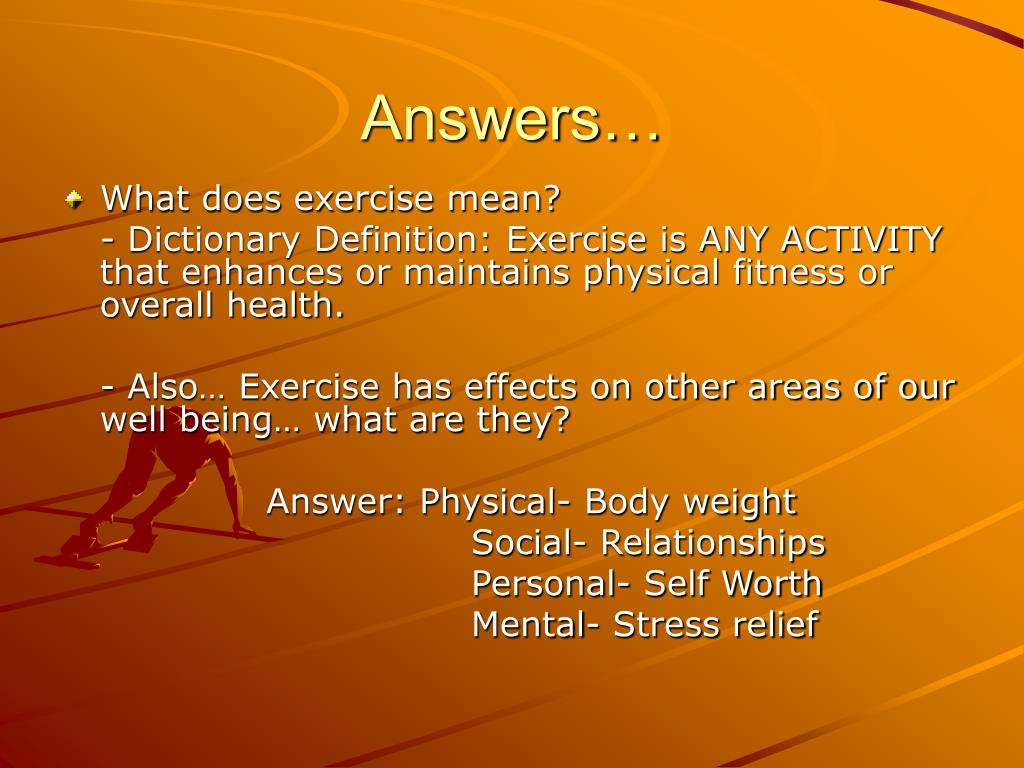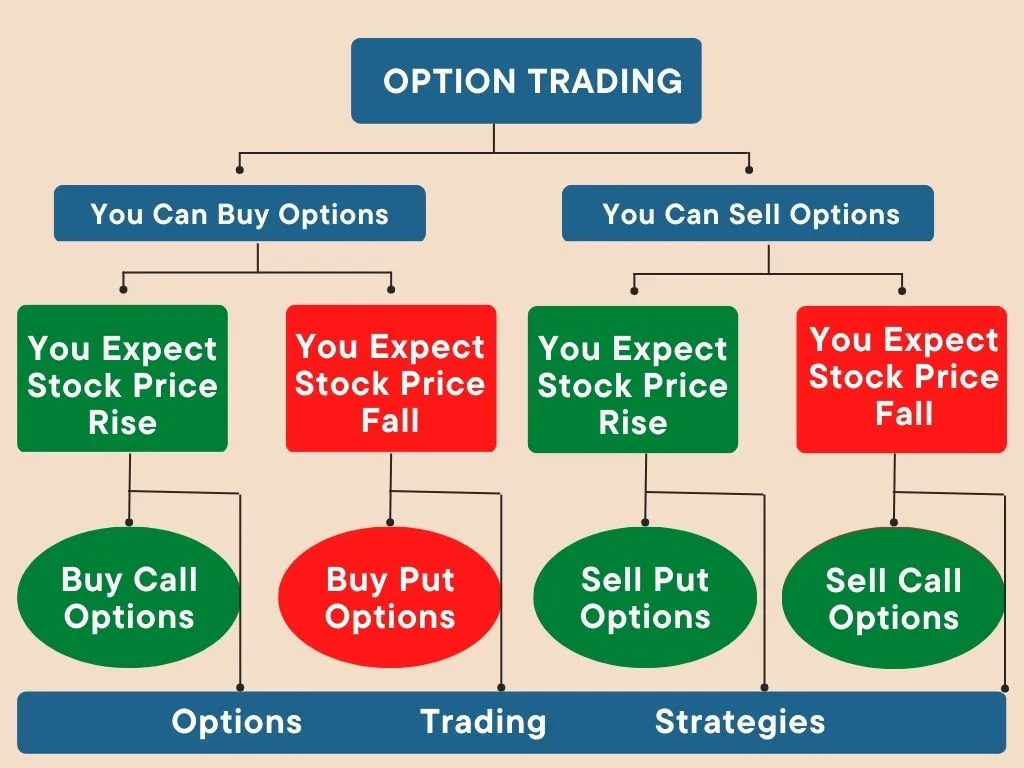Unveiling the Fundamentals of Option Exercise
In the intricate world of finance, options play a pivotal role as versatile instruments that grant investors the right, but not the obligation, to buy or sell an underlying asset at a predetermined price on or before a specified date. One crucial aspect of option trading that warrants exploration is the concept of exercise.

Image: www.slideserve.com
Exercise: A Critical Aspect of Option Trading
Exercising an option is the act of converting the theoretical right it represents into a real transaction. When an investor exercises a call option, they are purchasing the underlying asset at the strike price, while exercising a put option allows them to sell the underlying asset at the strike price. Understanding the mechanics of exercise is essential for both buyers and sellers of options.
Understanding the Call and Put Exercise Process
Call Options: A call option gives the buyer the right to buy the underlying asset at the strike price. Exercising a call option means purchasing the asset at a price potentially lower than the current market price, profiting from the difference between the strike price and the market price.
Put Options: A put option gives the buyer the right to sell the underlying asset at the strike price. Exercising a put option means selling the asset at a price potentially higher than the current market price, profiting from the difference between the strike price and the market price.
Timing and Considerations for Exercise
The decision to exercise an option is crucial and hinges on several factors. One primary consideration is the time remaining before the option’s expiration date. Options can be exercised any time before expiration, but the timing of exercise can significantly impact profitability.
Another essential factor is the relationship between the option’s strike price and the current market price of the underlying asset. Exercising an option is generally most advantageous when the asset’s market price aligns favorably with the strike price.

Image: changehero.io
Real-World Applications of Option Exercise
Profiting from Price Fluctuations: Options exercise is instrumental in allowing traders to capitalize on price fluctuations in the underlying asset. By correctly predicting price movements, investors can exercise their options at a favorable strike price, realizing a profit.
Hedging Against Risk: Options can be used to mitigate downside risk in investment strategies. By purchasing put options, investors can safeguard against potential losses in the value of an asset. If the asset’s price falls, the put option can be exercised to minimize losses.
The Role of Exercise in Option Trading Strategies
Option exercise plays a central role in various trading strategies. Some commonly employed strategies include:
Covered Call Strategy: In this strategy, a trader sells a call option while simultaneously owning the underlying asset. The trader profits if the underlying asset’s price remains relatively stable or increases moderately.
Protective Put Strategy: This strategy involves buying a put option as a hedge against potential declines in the value of an existing asset holding. It mitigates losses if the asset’s price falls below the strike price.
Iron Condor Strategy: A more complex strategy combines both bullish and bearish views on an asset by buying and selling options with different strike prices and expiration dates.
What Does Exercise Mean In Option Trading

Image: www.sofi.com
Conclusion
Exercising options is a crucial aspect of option trading, allowing investors to capitalize on price movements and manage risk exposure. To optimize profitability, it’s essential for traders to understand the implications of exercise, including the timing, strike price, and potential strategies. Through careful analysis and strategic implementation, option exercise can enhance investment returns while safeguarding against market volatility.






